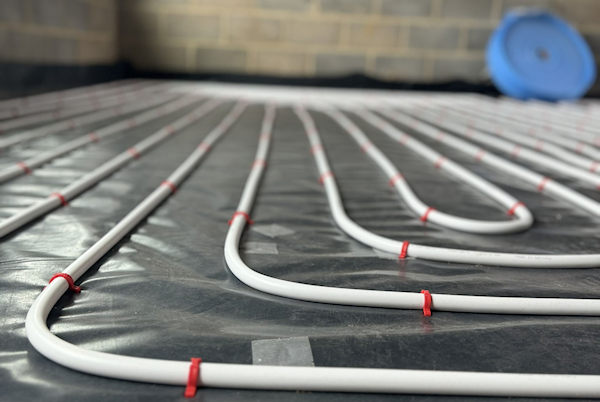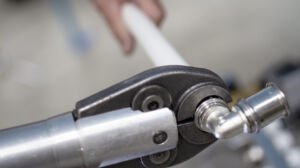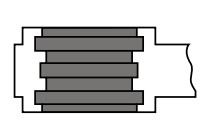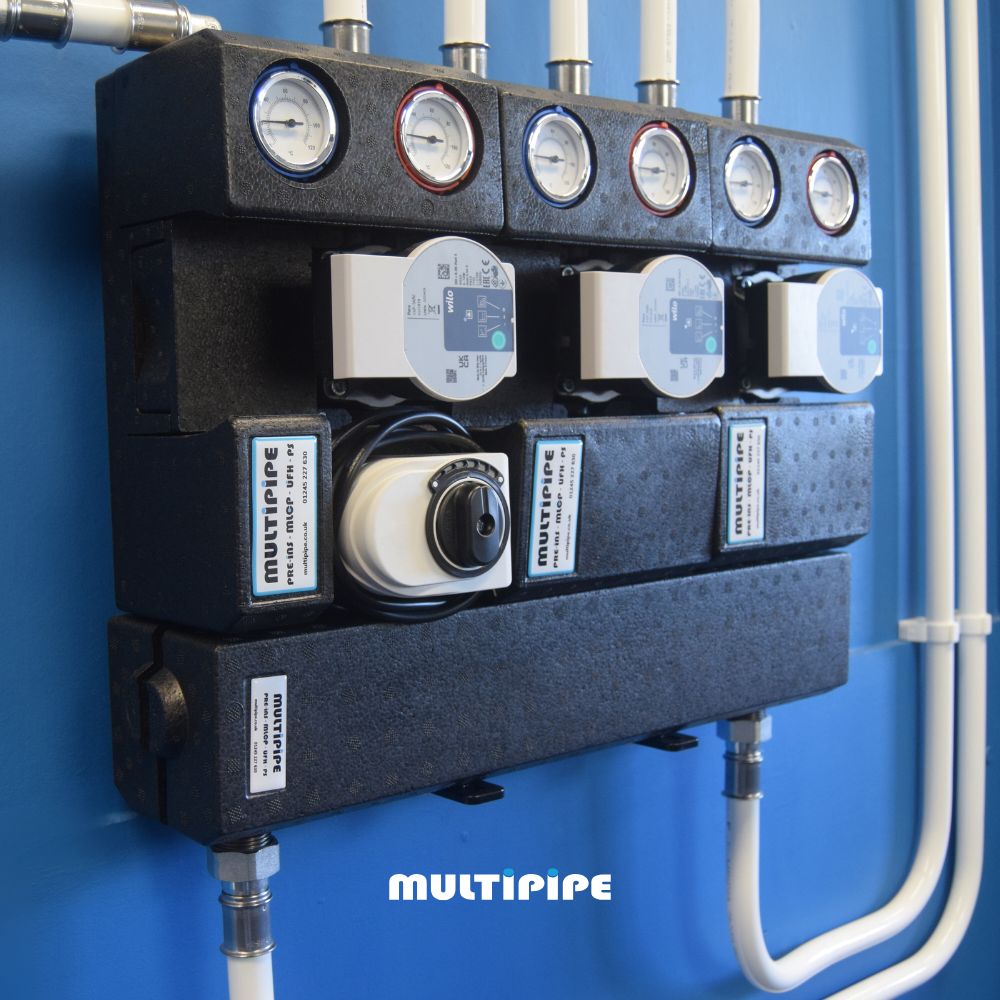
A Beginner’s Guide to Press-fit Tools
Picking your way through the Minefield of Pressing Tools
Press systems are a newer way of carrying out fittings compared to more traditional solder and screwed methods. They can offer time and cost savings as well as many other benefits. Our beginner’s guide to press-fit tools provides a great overview to get you started.
Press-fitting systems use hydraulic press technology to provide a high-quality and easy to fit joint method. While this helps save a considerable amount of time on jobs, it can be difficult for first-timers to know where to start with more manufacturers coming on board. We have provided a guide to answering all the questions a press-fitting novice might have.
What are you installing?
When beginning to think about press-fit tools, the first question you need to ask yourself: What will I be installing?
With more systems coming onto the market, selecting the right pipe type is key.
For more traditional methods, you’ll have manufacturers of metal press systems. Still, plastic composite systems like Multipipe MLC is gaining popularity. These hybrid pipes are a great alternative to conventional methods, which might struggle on specific jobs where flexibility and hygiene are key to a quality installation. But still offer benefits of a metal system like lower expansion rates and 100% oxygen barrier.
Choosing the right type of pipe
All pipework systems in the UK are made to a BS EN standard, but depending on the manufacturer, these standards might differ.
The most common British standard for plastic pipes – BS EN 7291
BS EN 21003 – is the multilayer (MLC) standard
BS EN 1057 – is the Copper tube standards
These standards dictate the manufacturing process, pipe dimensions and wall thickness, all of which are hugely important in selecting the right pressing jaws. To press a joint onto these systems, you’ll need a set of compatible jaws as different pipe and fitting manufacturers use different jaw profiles.
Selecting the right jaw profiles
These profiles manufactured to the pipe dimensions and the set of ridges inside the profile help to press down on the sleeve to get a watertight joint. You cannot mix jaw profiles of different manufacturers. There are common types of profiles used by several manufacturers which would give you the best flexibility across different pipe types. But there are also a lot of individual company profiles so making sure you have the right jaws is key to a good join.
Here are some key examples;
U/TH– Profile
The Universal profile for MLC pipe systems for most MLC providers including Multipipe (we use U profile)
U Profile:
M/V profile – Used for most copper press systems on the market
V Profile:
These are cross-sections of the most popular jaws and they show the subtle differences across the profiles when they are pressed.
A Pressing Matter – the Difference in Tool Strength
The last consideration in our guide to press-fit tools, is the pressing strength of the tool. Most press tool manufacturers have a small and a larger gun, but what exactly is the difference? The answer is that it’s mainly the strength of the hydraulic press.
Usually, the bigger the gun = the bigger the hydraulic press. Compact guns typically press up to 28/32mm pipes, with larger guns up to 108/110mm.
This means you need to consider what sizes of pipe you need to press. Some fitting manufacturers require specific press strengths for their systems, so be sure to factor this in. Our Multipipe MLC press system requires a 15KN press tool for sizes up to 32mm and a 32KN press tool for up to 110mm pressing.
Ready to shop? Click here
If you’ve any more questions about press-fit tools, our technical team are always here to help you out. Get in touch with us via WhatsApp (07858 138 228), email (info@multipipe.co.uk) or phone (01245 227630).
















